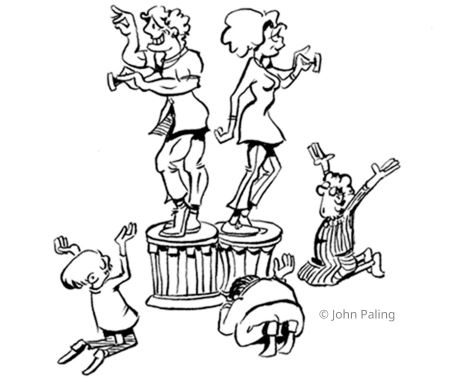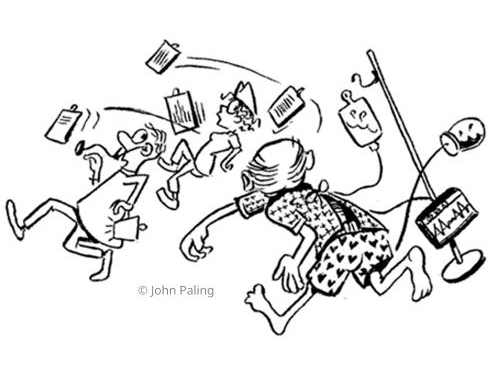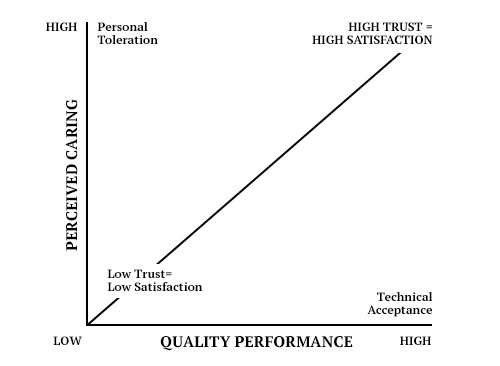Stop Reputations Falling Apart
Dr. John Paling, the Founder and President of The Risk Communication Institute has devoted many years to helping organizations across the world to DEVELOP TRUST with their clients and stakeholders. He believes that constant attention to clear and sympathetic communications, coupled with delivering quality products and services are the best antidotes to avoiding a major loss of reputation with the attendant economic and societal damages. His experiences analyzing claims of poor performance – including major law suits over such issues as medical malpractice – offer tools that apply to dealing with reputational risks.
Give Us A Call To Get Started Today! (352) 327-1095





